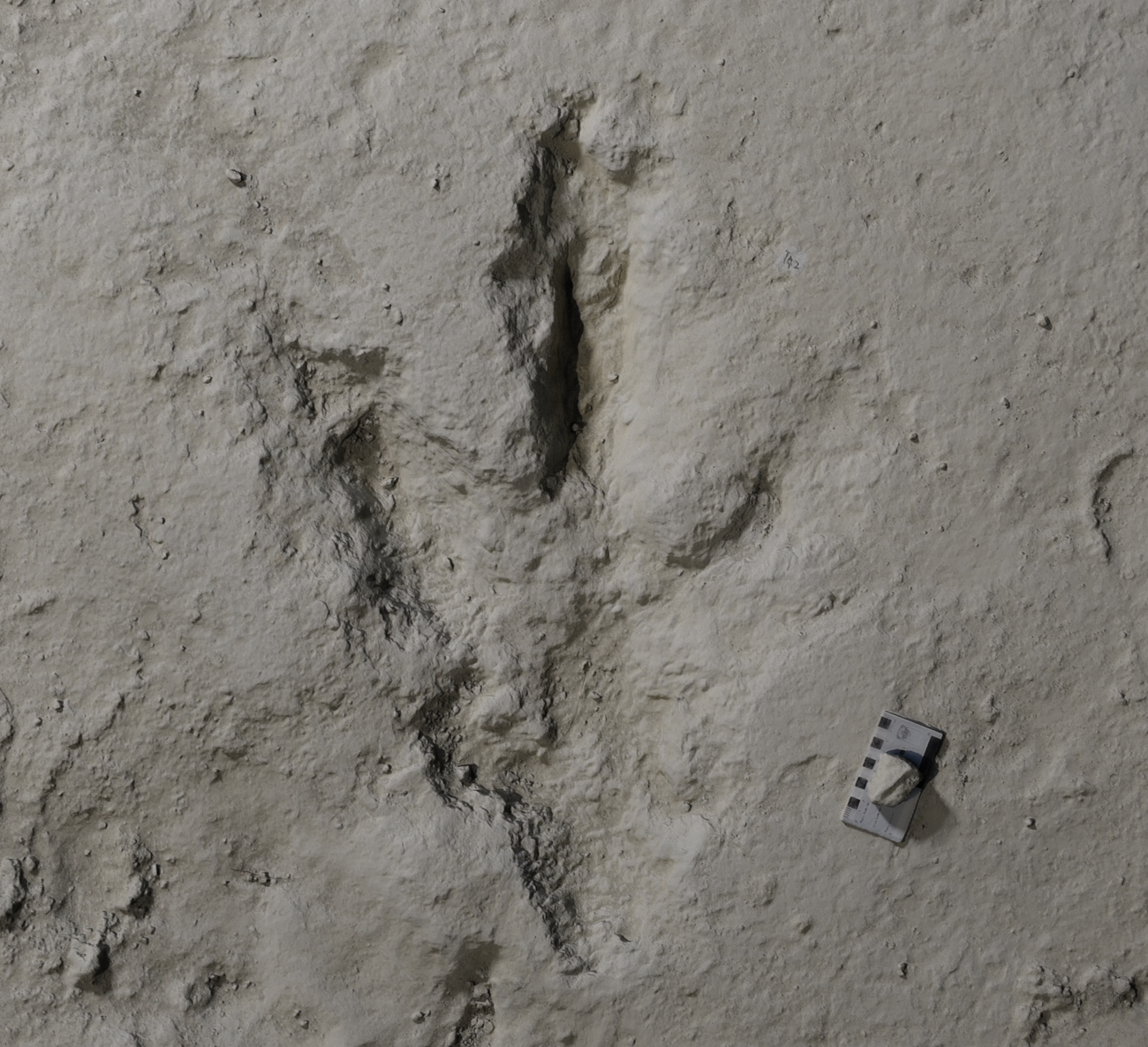A Quarry Worker Felt Strange Bumps While Digging. They Turned Out to Be the Largest Dinosaur Trackway in the U.K.
Approximately 166 million years ago, dinosaurs strolled across a relatively shallow body of water in what is now Britain. Some of the Jurassic era's dominant creatures, like many animals, took their time, moving at a leisurely pace with brief, irregular movements. Others may have progressed more rapidly. In all cases, the ground beneath their feet was a muddy, squelching surface as they made their way across it.
In those days, seeing dinosaurs march by was a common sight, but what made this particular incident significant was the terrain's ability to preserve their brief passage. While the dinosaurs are now extinct, their presence is still visible in the impressions they left behind. Today, researchers and volunteers have uncovered an entire trackway left by these Mesozoic creatures, one that spans a massive collection of about 200 footprints - the largest such collection ever found in the United Kingdom.
“Just imagine stepping back in time and taking in the sight of those enormous creatures moving about, going about their daily routines as they had been for millions of years.”
A dinosaur fossil site was first uncovered by laborer Gary Johnson as he worked with a heavy equipment excavator. As the dirt was cleared away, he detected irregular lumps beneath the machine's surface. These might not have been anything noteworthy on their own, but it was their consistent pattern that caught Johnson's attention. He found similar bumps about every ten feet or so as he excavated.
Johnson had a good reason to believe that the regular impressions might hold some important paleontological value, as a significant discovery involving a dinosaur's footprints, measuring 40 feet in length, had been made in the area just a few years prior. He wondered if these holes on the ground might be another route frequently used by dinosaurs. In order to confirm his suspicions, Johnson summoned the expertise of specialists in the field.
When I saw the crabs, I couldn't help but think I was the first person to stumble upon them, and the experience felt almost otherworldly, leaving me with a shiver, really,
with brushes.
In 1824, the study of fossils began its development as a distinct science, which is now a cornerstone of modern paleontology.
(Note: original text is actually saying that Georges Cuvier is the one studied by "in", so correct paraphrased text should be)
In 1824, Georges Cuvier's work on fossils marked the beginning of modern paleontology.

From the esteemed Oxford University, this series of valleys could continue for a considerable distance.
The research team believes a storm deposited a layer of sediment over the footprints, shielding them from erosion.
Researchers believe that the sauropod stepped on the ground before the carnivore based on the shapes of the prints left behind. It's possible that the predator was tracking its prey, although it's impossible to confirm this theory for certain. In one instance, a footprint of the massive sauropod appears out of order, suggesting that the enormous creature may have stopped and turned its head to look back.
We're able to paint a more accurate picture of the prehistoric environment by combining other types of fossils such as burrows, shells, and plants to recreate the swampy, muddy habitats where dinosaurs lived.
New technologies and digital tools are allowing scientists to gather more information about dinosaurs' daily lives. At the dig site, the team made molds of individual footprints and took over 20,000 photos. This information will assist researchers in creating 3D images of the distinctive markings and the surrounding terrain. This data will enable scientists to learn more about the size, stride, and pace of the dinosaurs, as well as their interactions with one another. By using computer simulations, researchers may even reconstruct scenes of dinosaurs moving around.
However, they give viewers a different perspective on history. Bones offer mainly static information, such as shape and structure—but footprints are a record of the dinosaurs' lives when they were active.
She was part of the team that worked last summer to unearth the tracks. "Just like seeing human footprints on a trail, a dinosaur track suggests that the creature could have been far away, walking in the same direction as the prints, but was surprisingly recent to that spot."
When combined with the ancient bones, and with some assistance from modern technology, these unique prints in the earth provide a comprehensive picture of the prehistoric animals that roamed the earth during their prime, completely unaware of the tiny mammals watching their every step millions of years later.
Post a Comment for "A Quarry Worker Felt Strange Bumps While Digging. They Turned Out to Be the Largest Dinosaur Trackway in the U.K."